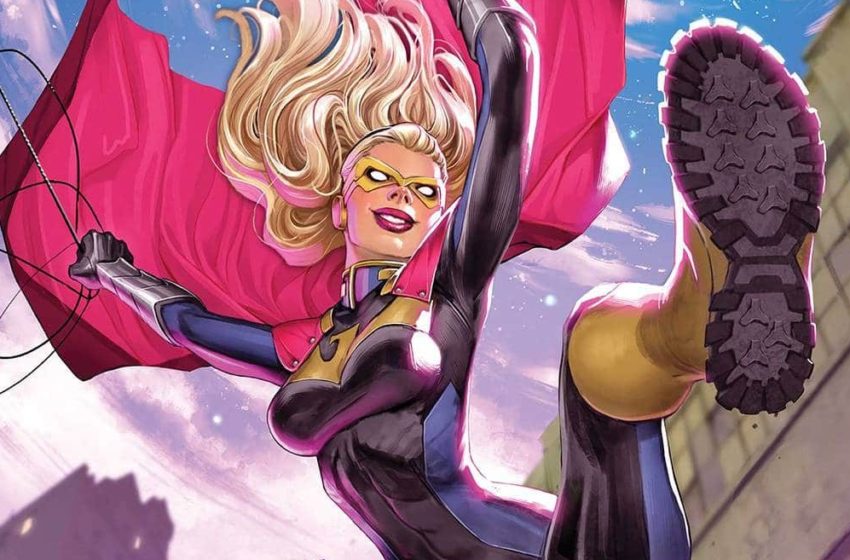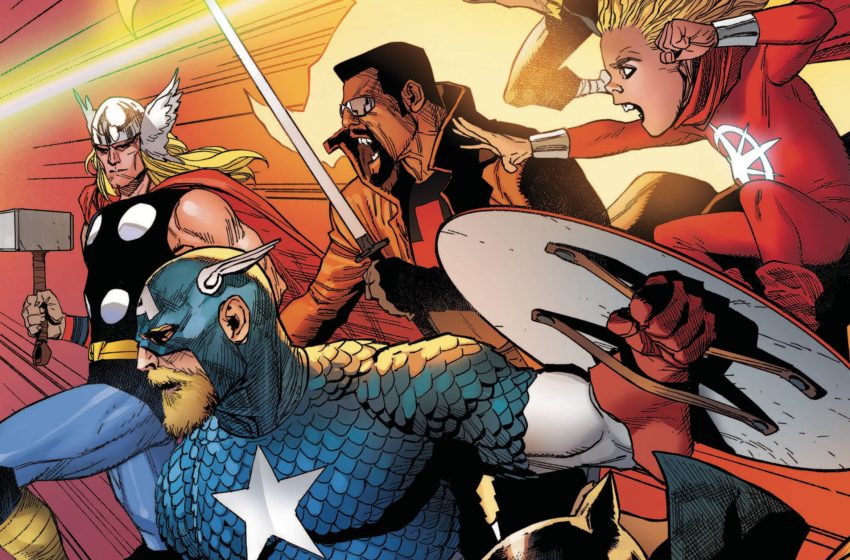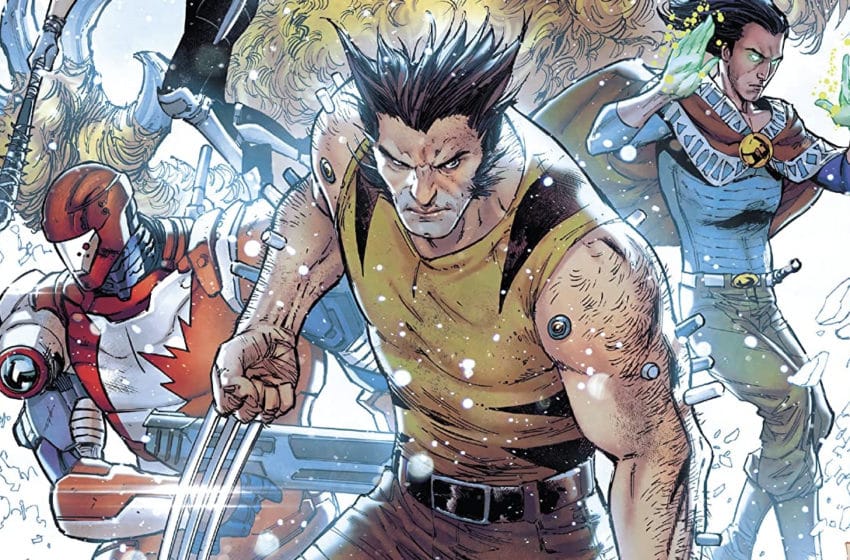Marvel & DC are not comic companies. This should not be shocking to people who have paid attention at any point in their lifetime—they also aren’t film, television, or entertainment companies. In the same way that McDonald’s value doesn’t come from burgers, but from real estate, the Big 2’s value doesn’t come from their stories. It comes from their intellectual property.
Read how their corporate sides talk about the organizations if you don’t believe me. Marvel highlights their “proven library of more than 8,000 characters featured in a variety of media over seventy-five years”. DC emphasizes that it is the “home to iconic brands” and that it “is the creative division charged with strategically integrating its content”. This isn’t a judgment on these organizations, and it’s frankly nothing new. Superman became a cultural icon thanks to his radio series in the 40s, not his comics. Marvel, then Timely Comics, couldn’t wait to sell Captain America as a Republic serial hero not two years after his creation. The Hulk is proudly displayed on my son’s “nighttime underwear” (read: pull-ups). The comics are, and have long been, secondary or even tertiary (quaternary?) to the all-powerful brand.
All of this is to say, I don’t get how the concept of “Gwen” became a brand that Marvel is heavily invested in.
Sure I understand that the moment Edge of Spider-Verse #2’s cover was released, people went wild for the Robbie Rodriguez Spider-Gwen design. The response to Gwen, combined with Dan Slott’s abhorrent introduction of Silk, paved the way for the character to co-star in the best movie Marvel has ever slapped their name on less than 4 years after she hit the scene. I get that their wild “Gwen Variants” led to two additional IP wins with Gwenpool and Gwenom. I understand that this behavior has been rewarded and a company will always try and replicate success. But Gwen? I don’t understand why Gwen.
Gwen Stacy was introduced as a supporting character for The Amazing Spider-Man back in the 60s. Peter Parker was moving to college and they needed some new faces for the book. Unfortunately, 60s Gwen was mostly wet cardboard with a great-looking headband. It’s not her fault she was boring, Stan Lee was notorious for his inability to write women, and it’s not her fault that John Romita’s Mary Jane immediately stole the show with her two-dimensional personality as opposed to Gwen’s single trait of “girl”. But the result is that she was killed and was known for decades as the one that died.
Fast forward to today, and to Night-Gwen, and to the reason you actually clicked on this link. Vita Ayala and Farid Karami’s Heroes Reborn: Night-Gwen #1 is forever tangled with Marvel’s focus on IP. The event recycles the “Heroes Reborn” brand, one of the few trademarks they didn’t refresh back in 2015s Secret Wars. It’s a world centered around the Squadron Supreme, Marvel’s long-standing excuse to tell stories with DC’s IP. And like the Amalgam Universe of the 90s, it is smushing a couple of different elements together to see if anything lands.
If Nighthawk is their Batman mixed with Spider-Man’s stories, Night-Gwen is their Spider-Gwen mixed with a Batgirl or Nightwing. She is the supporting player who has been elevated to her own role but can’t escape the shadow of the bat (or the spider’s shadow?)
To their credit, Vita does a lot of work in the thirty pages they have. Gwen is introduced, given an intrinsic motivation, a unique hook, an emotional center, and a complete conflict. The book is half over before we see Gwen in her costume, which never shines as bright as it does on David Nakayama’s cover. Gwen is a synthesis of the IP that she’s been birthed from, with a bit of Barbra Gordon, a bit of Batman, a splash of Spider-Man, but still feels like a strong starting point for a character. When many of these Heroes Reborn stories have felt like they never elevated themselves past the high concept, it’s refreshing to see this one reach for more. It possesses much of that same soul that made Edge Of Spider-Verse #2 such a success story, just replace the punk set dressing with Batman.
Problem is, set dressing is important in a visual medium. Farid Karami never elevates the book to the next level. A large part of the reason Spider-Gwen worked was that it had a distinct visual identity. Night-Gwen feels basic. There’s nothing wrong with the layouts or the character acting, it’s just unimpressive. Erick Arciniega’s colors don’t do it any favors as he paints a drab world without the pastels and neons that have evoked the Gwen’s of the past. There’s a standout spread where both artists get to stretch and speak to their ability to do more. The exciting layouts and vibrant yellow gutters replicate the classic energy of a Golden Age Batman cover. Sadly the team doesn’t take that energy into the rest of the issue.
What do we have at the end of all this? A one-shot tie-in to an alternate reality event about a spin-off character based on two other spin-off characters and a parody version of a third character. It’s a book that’s striving to be more than the sum of its parts, an element that’s been constant in Ayala’s career, but it just can’t break out of the corporate-driven shackles that bind it. Night-Gwen exists because “Gwen” is a brand now. It exists to prop up the larger ideas of “Marvel” and “Spider-Man” and “Heroes Reborn”. No matter how hard it tries, this is a piece of commercial art that’s driven far more by the commercial than the art.
Zachary Jenkins runs ComicsXF and is a co-host on the podcast “Battle of the Atom.” Shocking everyone, he has a full and vibrant life outside of all this.






